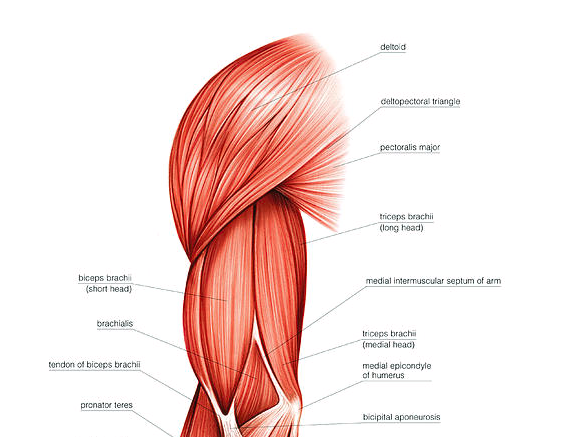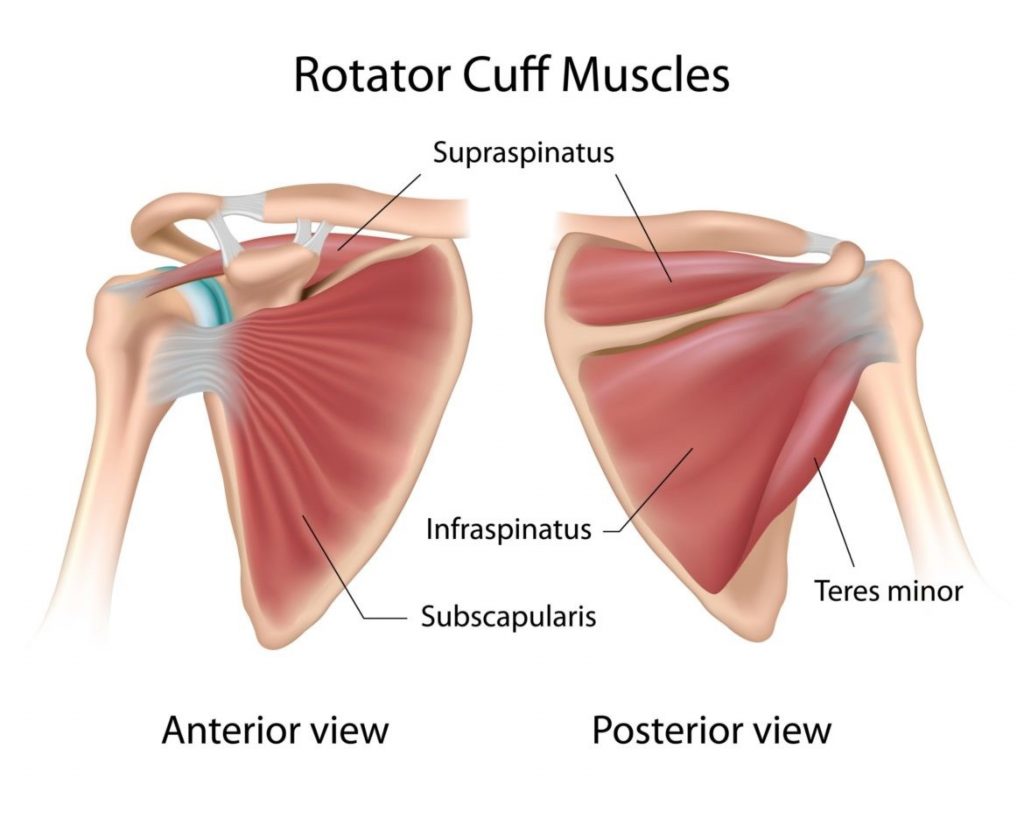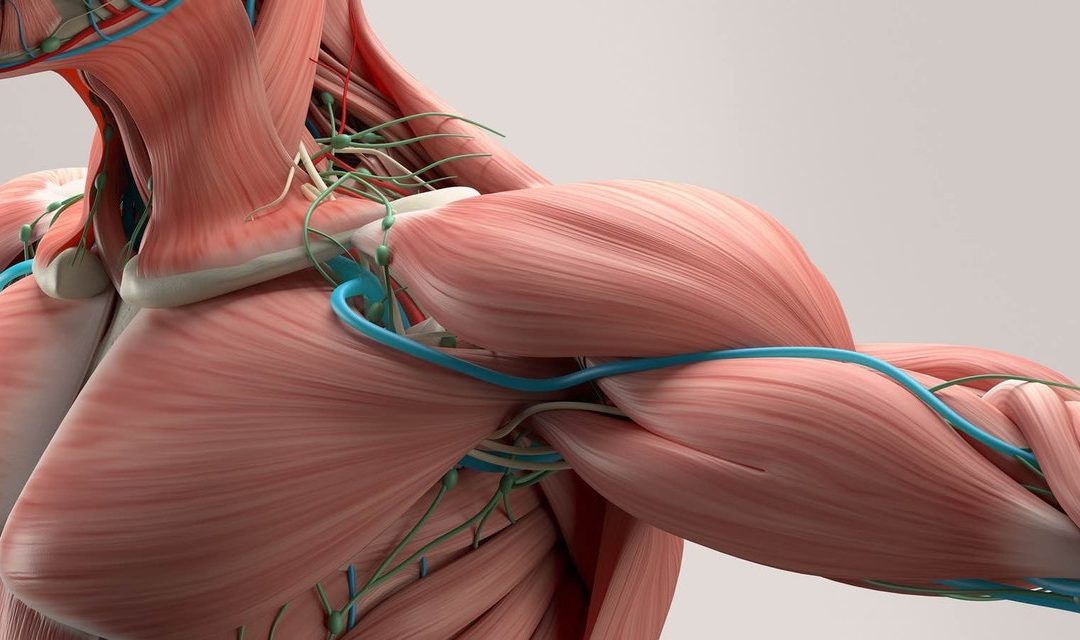How to grow your shoulder muscles without getting injured.
I’ve talked about how I train, or how much I train. But until this moment, I have not mentioned what exercises I do. In this blog post, I will give you an introduction to some shoulder exercises. How I always start thinking about what exercises I should do for a muscle group, I first research what different kinds of muscles there are. For the shoulders, please have a look at the picture.
The deltoid (first picture) is the biggest shoulder muscle by far. The deltoid is mostly supported in movement by four other muscles: the supraspinatus, infraspinatus, teres major, and subscapularis (second picture). These make up the rotator cuff. The shoulder is by far the most sensitive muscle group since it is the easiest to overextend and overtrain the muscle. That is why it is so important that when beginning with training, you very slowly build up weights for shoulder exercises. Give your muscles some time to get used to most movements. I still use relatively low weights for shoulders and make the motion very slow to reduce chances on a shoulder injury.


To frame it a bit smoother. I always divide shoulder exercises into four areas: Upper, Front, Back, Side.
My favourite examples for a good variation of shoulder exercises that hit all areas are:
- (A variation) of the (seated) barbell shoulder press
- (A variation) of the Anterior Raise
- (A variation) of the Robe Face Pull
- (A variation) of the Lateral Raise
The reason I wrote ‘a variation’ before each exercise is because it is so crucial that you keep hitting (your shoulders) from different angles. Do not commit to only one exercise per area. Try to mix it up and use a different technique for the same area. An example of the upper area can be hitting the deltoids with a barbell press in front of your face while standing. A variation would be doing this sitting down. Another mix-up would be standing up again and push the bar behind your head. Another variation to this one is doing it while sitting down. Or use dumbbells, for example. As you can see, you can come up with so many different techniques for the same kind of exercise. This is what I mean by trying to keep coming up with variations.
And remember: Start slow with shoulder exercises, and with low weights. The form is more important than weights. Your deltoids are supported by a lot of small muscles that are easily overtrained.
Good luck!

Recent Comments